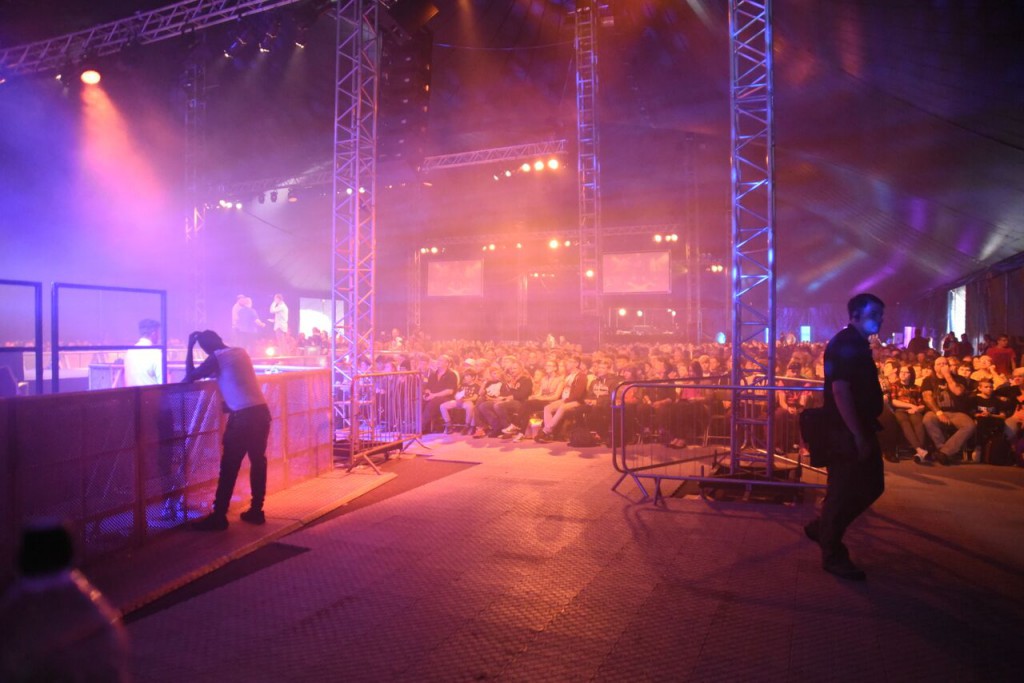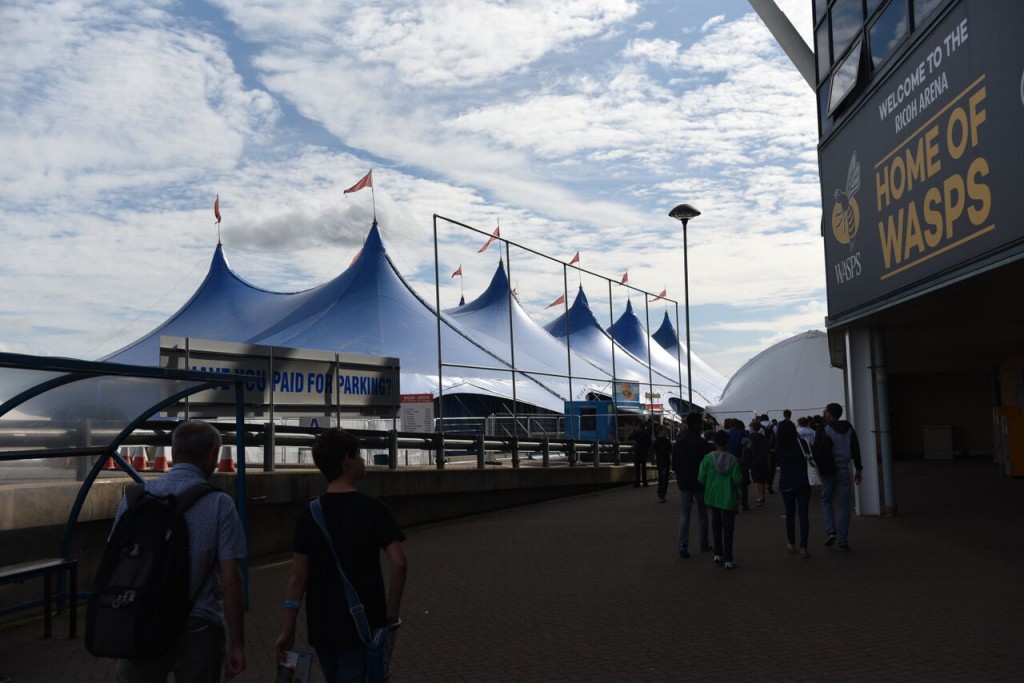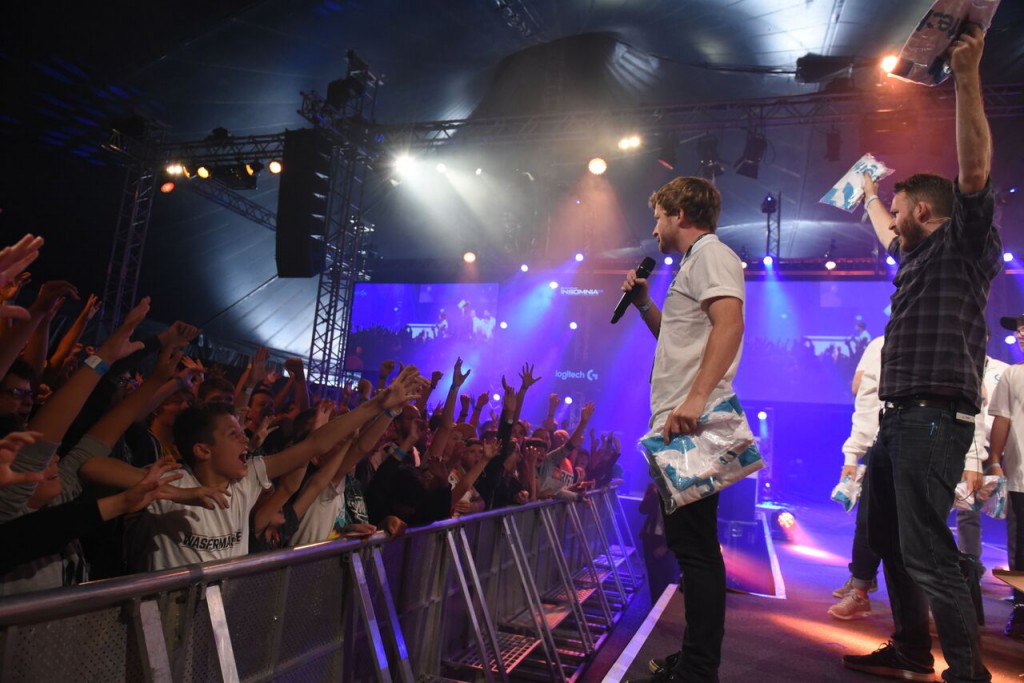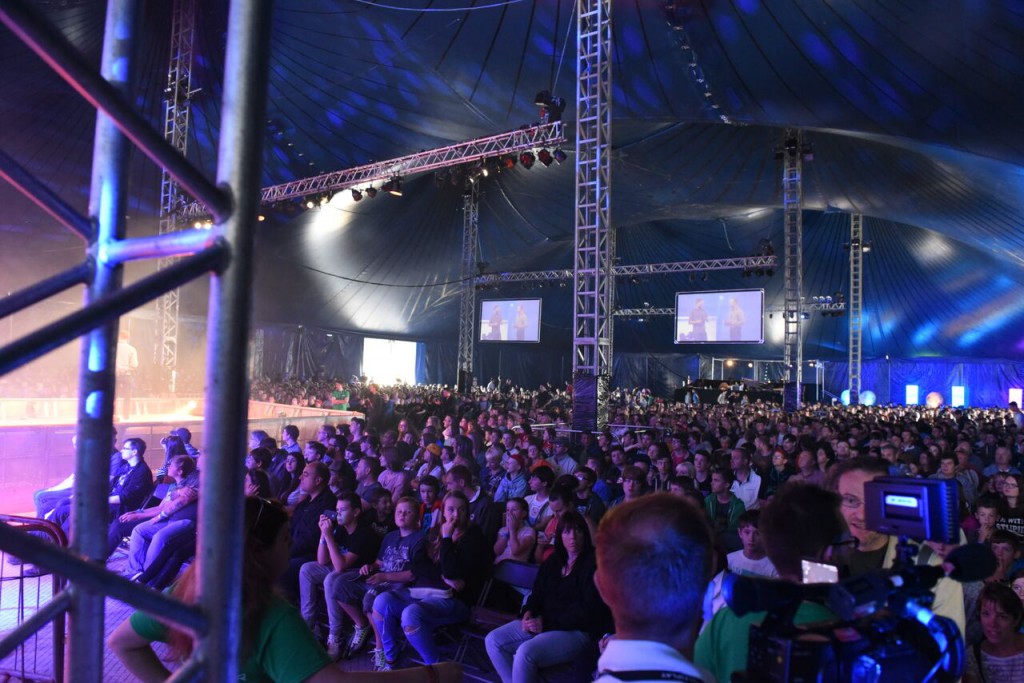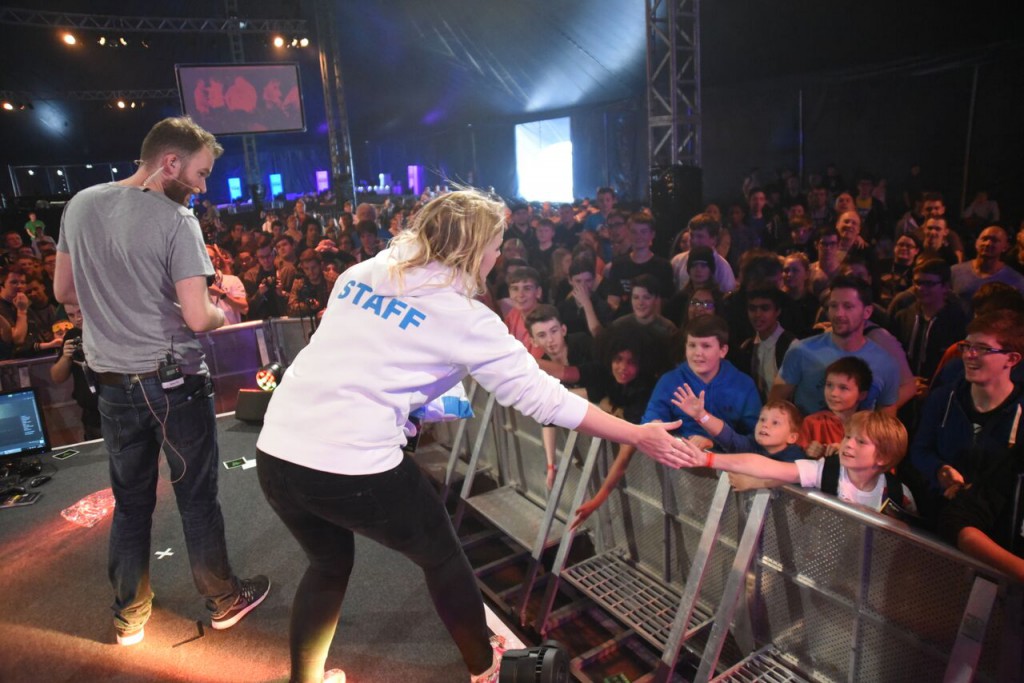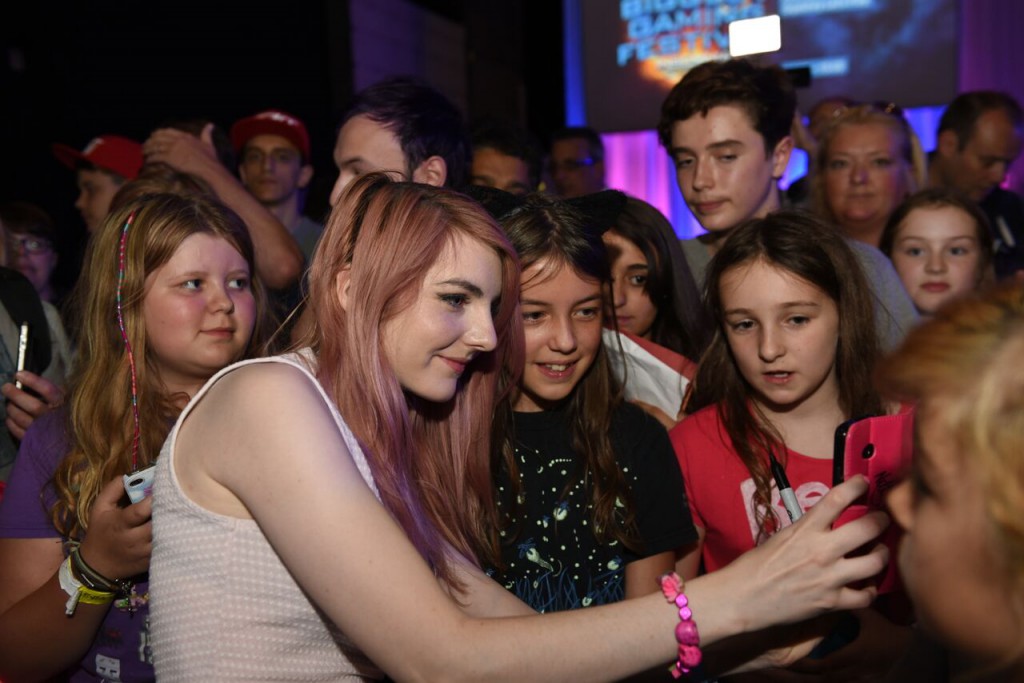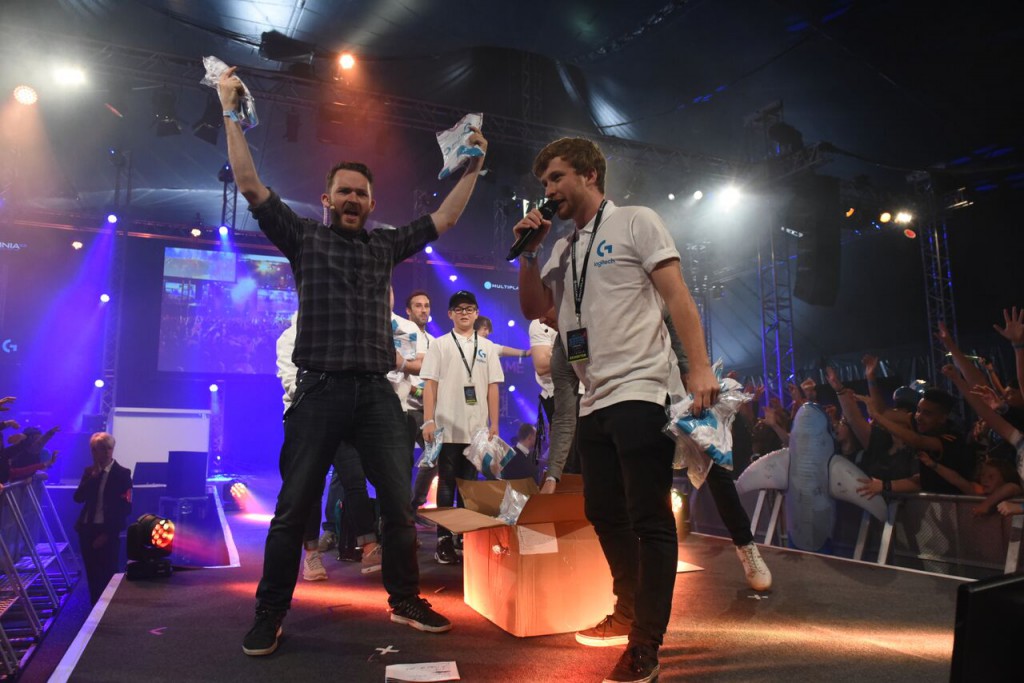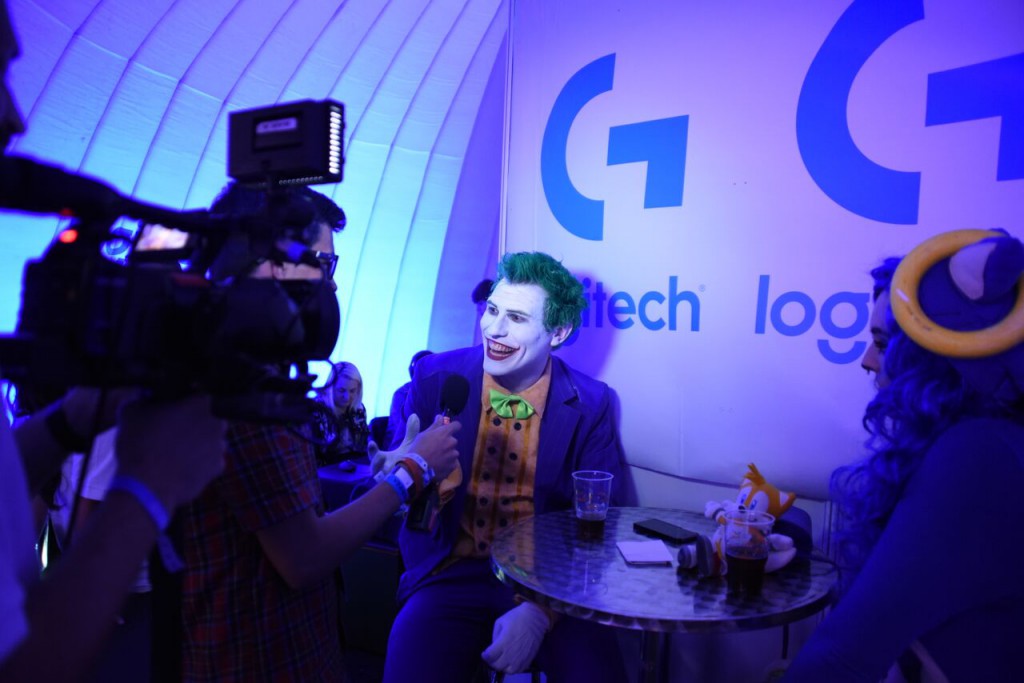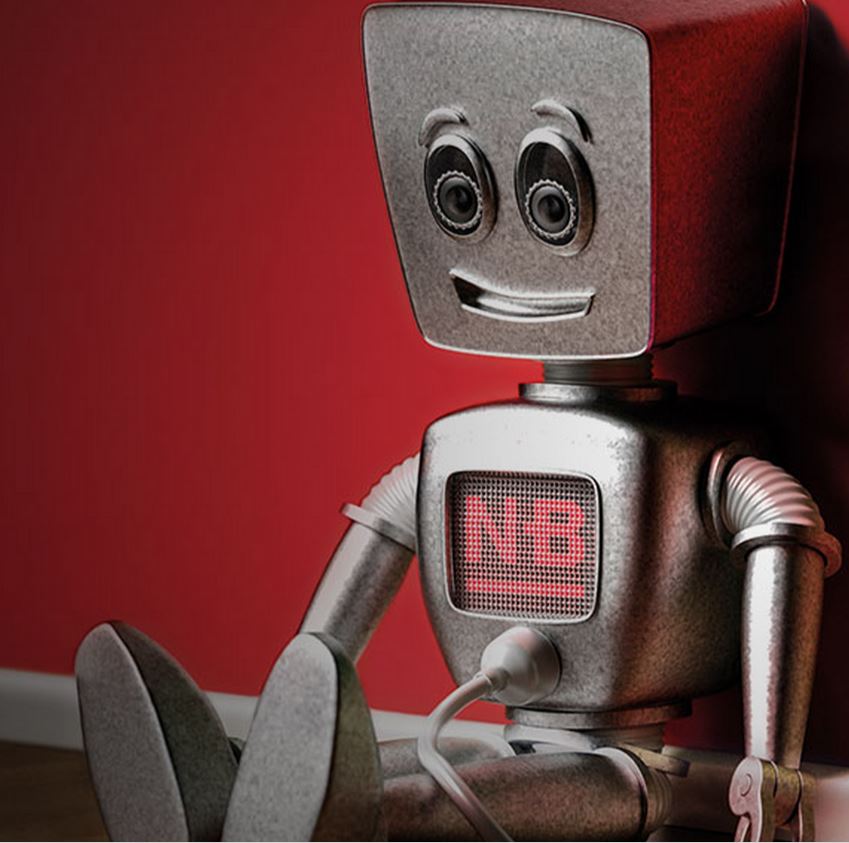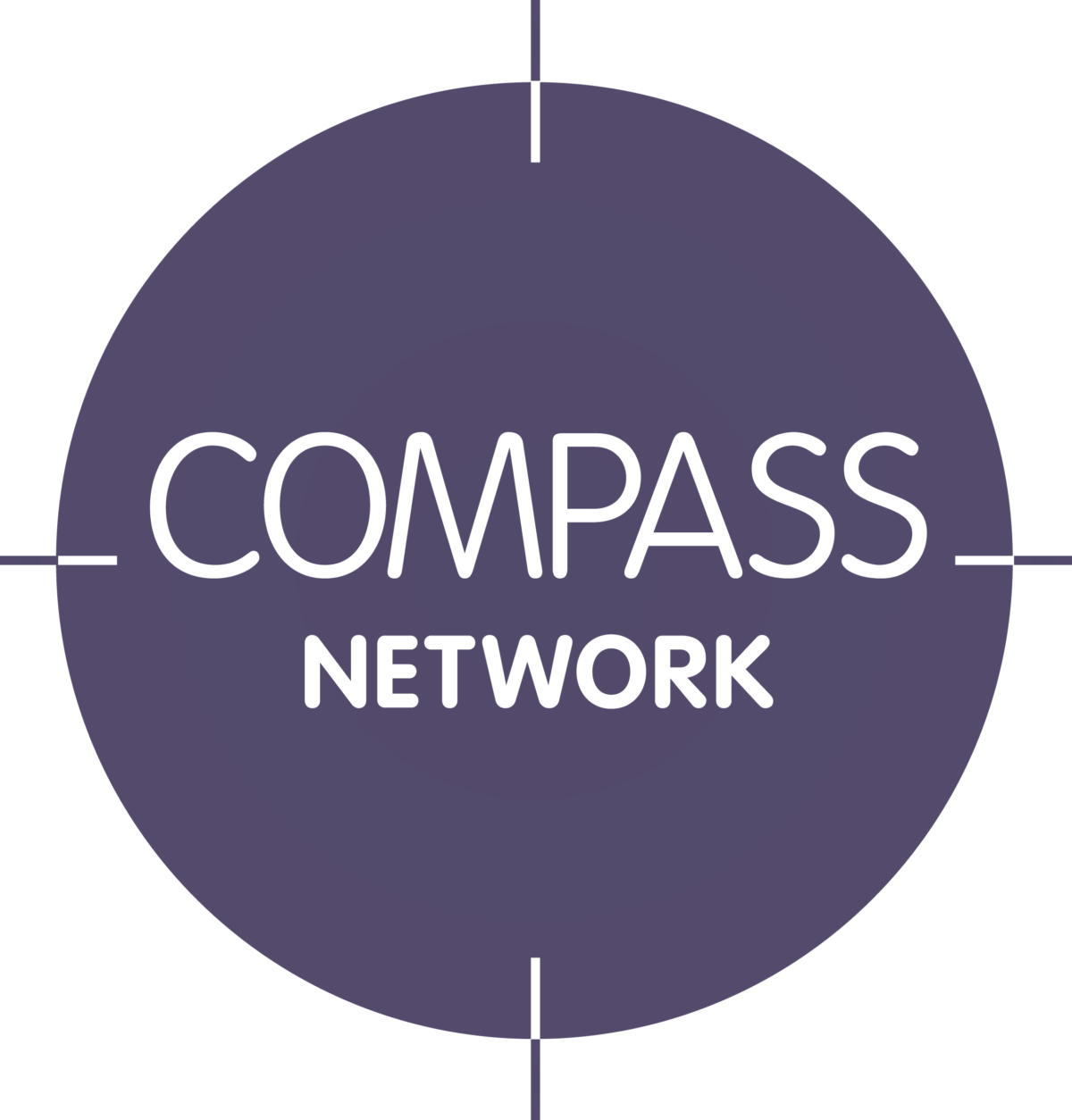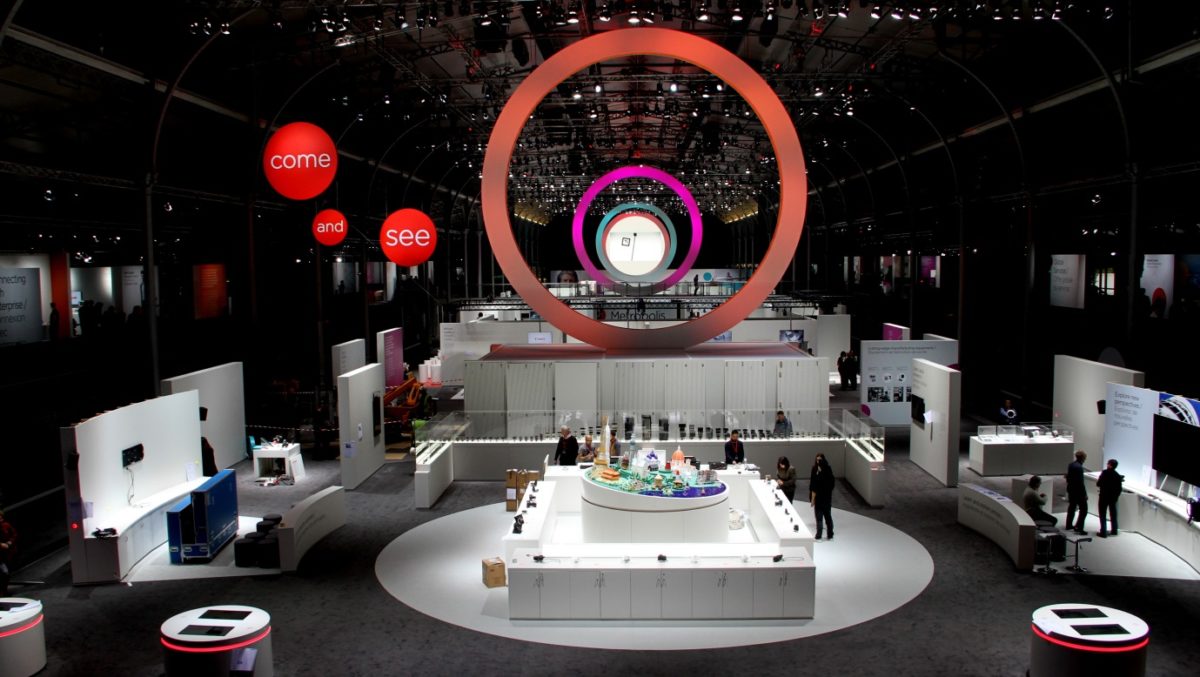Welcome to the latest Compass Network newsletter.
As winter approaches, we’re nearing the end 2015 with 31 Compass Partners and some great client wins and campaigns across the network.
As always, if you have any questions or suggestions about the Compass Network, please email: Compass AT nelsonbostock.com
Below are updates from some of the network on what has been a great few months!

Nelson Bostock Group Unlimited gave our long-standing Financial Director Phillipe Bobroff a send-off he’ll never forget at our Hawaiian themed agency summer party, and welcomed our wonderful new Financial Director Rishma Shah, who is already well and truly settled as a member of the Nelson Bostock family!
Nelson Bostock has enjoyed a fantastic summer and it’s only getting busier. We supported HTC’s events programme this quarter, preparing nearly 200 media demos for the HTC Vive VR kit at both gamescom in Cologne and IFA in Berlin. Back home, we have placed Lookout, Appraise Digital and Buyapowa at the heart of industry commentary on recent Google and Apple news, alongside delving into the latest Rentokil research for the next leg of project planning. In July, we were very pleased to be awarded Best Integrated Campaign at the CorpComms Digi Awards for Telecity’s ‘Hot in Helsinki’ campaign.
Fever has had a sizzling summer producing campaigns that entertain media and consumers. The Fever team celebrated Mr Bean’s 25th anniversary with a hair-raising stunt in front of Buckingham Palace for Universal home entertainment and worked with an artist to re-create the London skyline for the launch of Playstation game Tearaway. Fever’s Canon Europe team have been helping city-dwellers and visitors see European cities from a different perspective by producing guides of major cities across Europe – the guides can be found here.
Buman Media has been selected by App Annie, a market leader in app store analytics, app rankings and market intelligence. The agency will deliver integrated campaigns and strengthen the brand’s position in Russia. Buman Media has been also appointed to devise and implement communications plan for Altium Limited, a public software company that provides PC-based electronics design software for engineers. The firm has been tasked with delivering media outreach activities, expanding content development capabilities and support anti-piracy campaigns.
Communication agency AD VERUM has won the tender organised by Wizz Air for the next three years and will be responsible for communications in the Baltic countries of the biggest low-cost airline in Central and Eastern Europe. AD VERUM moved its office to the heart of Vilnius – the city’s main street – Gedimino Avenue. From now on, AD VERUM partners and clients are welcomed in the spacious office with amazing old town views.
Corporate Image recently spearheaded publicity for South African supermarket giant Pick n Pay’s highly addictive ‘Stikeez’ campaign, a reward-incentive collectible toy programme that’s graced magazine covers, radio commentary, and even satirical cartoons. Other work includes announcing economic impact results for the iconic V&A Waterfront, and ensuring the smooth announcement of a marketing partnership between Transnet’s iconic Blue Train and Sun International. Corporate Image recently added Redefine Properties to its national client portfolio.
Schwartz PR is proud to announce the team is now consulting for HTC, the creator of many award-winning mobile devices, in cooperation with Nelson Bostock (UK). Another new client win Steelcase, a global and leading provider of innovative workspace, which Schwartz is responsible for the corporate and education segment of Steelcase in the DACH region.
Schwartz PR welcomes Judith Zahringer and Alexander Seiche as new PR consultants. Judith will be responsible for Travel and Tech topics. Alexander will be responsible for the new client HTC.
During the summer, Clearbox won new client Disability Needs, helping to organise the brand’s annual national cycling event to encourage people of all ages and abilities to ride bikes. The team has also been busy launching Digital DNA, Ireland’s most impactful digital technology conference, in Belfast in October which brings speakers from Facebook, Google and Twitter. Clearbox helped Universal Pictures Ireland launch new adventure blockbuster Everest. The team organised a special screening with two Irish Everest conquerors for a Q&A about what it takes to climb the world’s highest mountain. It’s a great movie – go and see it!
In spring, Fink & Fuchs Public Relations was assigned as the PR and communications mandate for Salesforce in Germany, Austria and Switzerland for both corporate and product communications for the company’s cloud solutions. A second outstanding customer win; Fink & Fuchs PR has been awarded the contract to develop and execute PR activities on behalf of the Ministry of the Interior of the Federal Republic of Germany. This includes all Federal Ministries and subordinate authorities. Finally, the renowned Holmes Report ranked Fink & Fuchs fourth in the category “Best Continental Consultancy to Work For”.
Insights
Buman Media‘s latest survey about typical Russian PR pros has been published in PRWeek.
Corporate Image looks at the media landscape in South Africa
Online media is growing rapidly, but slower than the developed world. Mobile usage is high, but prohibitive data costs limit the adoption of online news. Traditional journalism is still strong, but is of course under pressure. City Press, Sunday Times, Financial Mail, Business Day and the Mail & Guardian remain the most respected newspapers in SA, and radio remains the most widely consumed media platform.
Fink & Fuchs share insights on the status of communication of SMEs in Germany
A research project from Fink & Fuchs Public Relations and Prof. Dr. Ansgar Zerfaß from the University of Leipzig has brought forward a so far unmatched overview and array of results on the status of communication of SMEs in Germany (“Mittelstandskommunikation 2015” – download Executive Summary here). Among the main findings: Four out of ten internationally active German companies so far don’t have any coordinated communication activities outside of Germany in place. International PR is perceived as a real challenge, although the global possibilities of the Internet (31,6 percent), collaboration with foreign communication agencies (26,6 percent) and coordination with offices or partners abroad are not considered problematic (26,6 percent). The biggest challenges are the consideration of local mentalities and cultures (70,6 percent), difficulties to understand media landscapes (66 percent and public opinion formation (63,3 percent).
A study about the daily routine of journalists from SchwartzPR
PR agencies are of increasing in importance for German editors. The results of a survey with 450 journalists draw a picture of the daily routine of German editors and found, that face-to-face contacts with PR-agencies or press spokespeople are becoming more important due to their increasing workload. The influence of PR-contacts has risen – over 70 percent of editors stated to use original content provided by agencies or press spokesmen. Further, the study tells: press conferences are more and more perceived as a waste of time and not helpful for researching stories.





